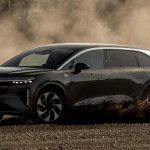Samsung heads into CES 2026 with momentum Samsung Electronics is closing out 2025 with a strong signal of where its future tech ambitions lie….
L2 charging and the power of dwell time
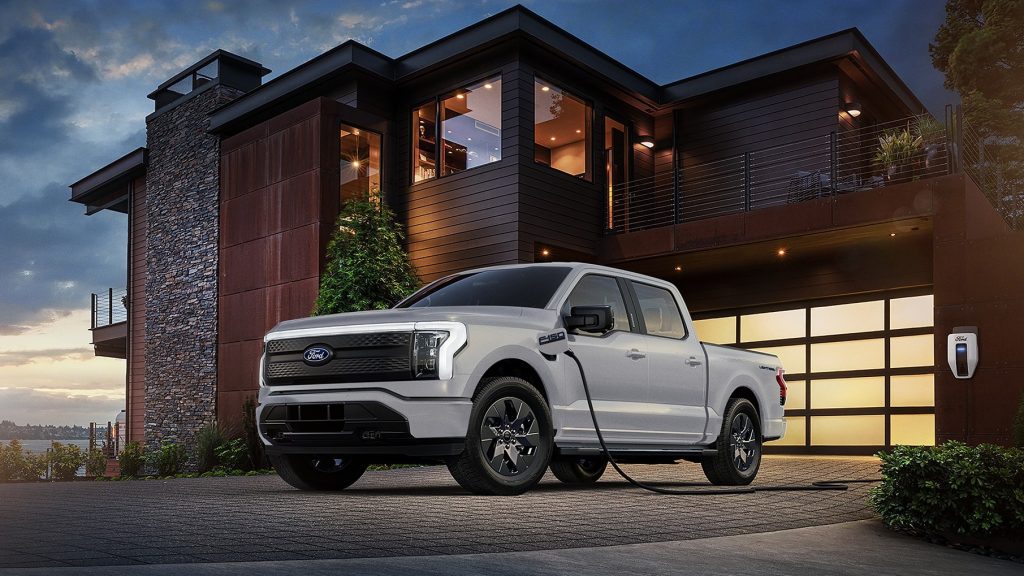
EV transition headlines are dominated by news of greater range, bigger batteries and more powerful chargers.
But are the stats with each EV battery and charging power breakthrough ignoring the premise and promise that drew many early EV adopters: the value and convenience of home charging?
Investment in advanced battery chemistries has resulted in the development of a current generation of EVs that rival the real-world range of similarly sized gasoline vehicles. Batteries in the 80kWh+ range require very powerful DC fast charging (DCFC) to recharge conveniently for EV drivers journeying long-distance.
But those DCFC recharges aren’t a daily routine for most EV owners. The race to megawatt chargers has raised another question: what about the value of lower power chargers, deployed much closer to the home or working space at a reasonable cost.
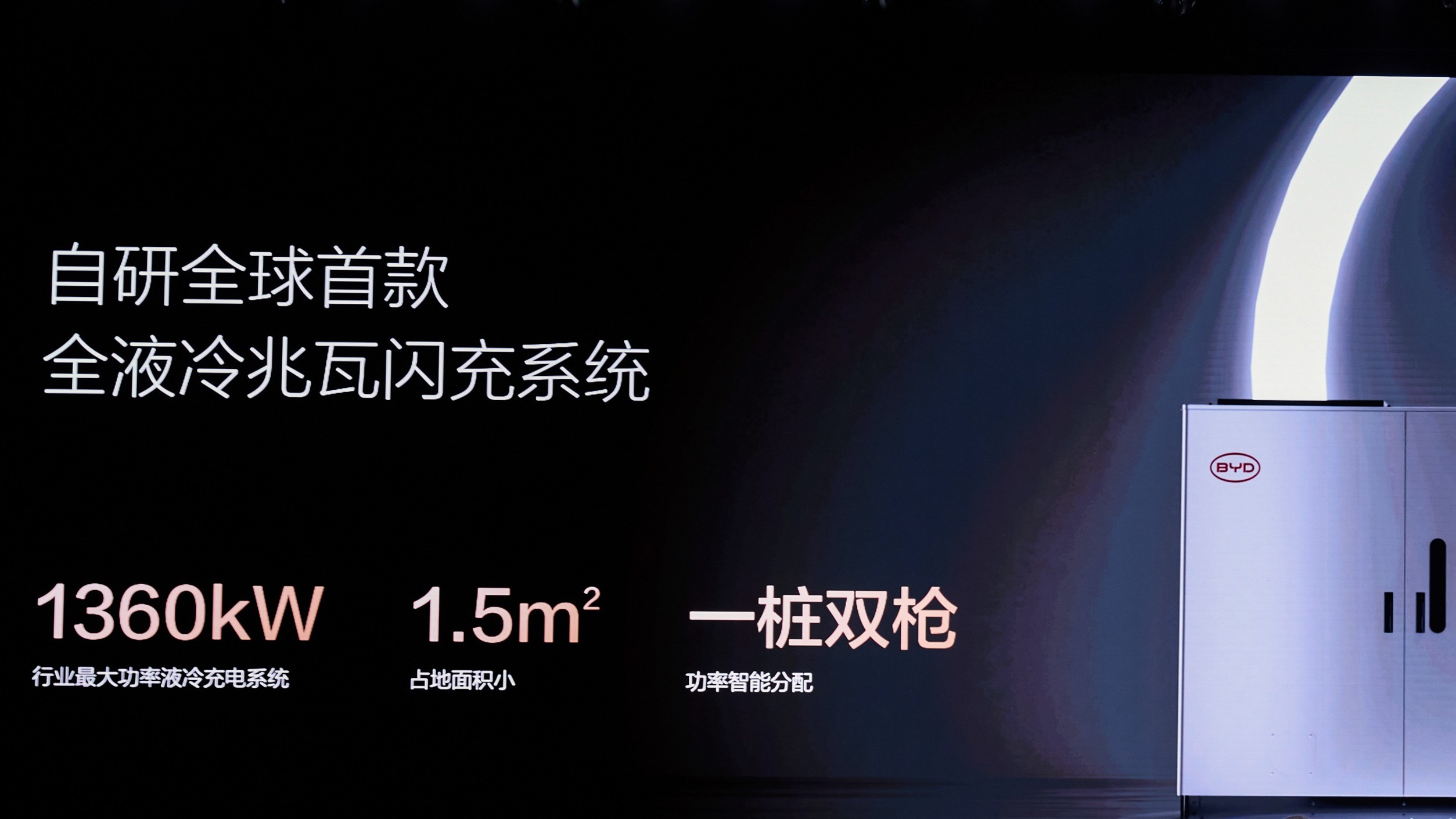
Ultra DCFCs are amazing – along the highway
But is the industry misunderstanding the need and potential for Level 2 (L2) chargers? There’s so much noise around increasing Supercharger outputs, with Tesla promising a 500kW charger later this year and its most capable Chinese rival, BYD, having successfully developed a megawatt (1000kW) charging station.
However, not all EVs have the onboard voltage architecture or battery chemistries to recharge at those power flows. Hyper-powerful chargers can challenge the cell integrity and durability of several EV battery specs and chemistries.
BYD’s megawatt charging stations have technically amazing specifications, but many existing EVs can’t access all that energy flow with lower voltage architectures. BYD’s developed battery packs with advanced chemistries and a new EV platform capable of absorbing a megawatt charger’s power flow.
Many existing EVs in the market, with 400v vehicle architectures, simply can’t utilize all the recharging speeds available with these new ultra power chargers and will only flow energy at their set voltage limits. And that’s an important lesson: charging duration is often more important than sheer charging station power output, especially for a fleet of diverse specification EVs.
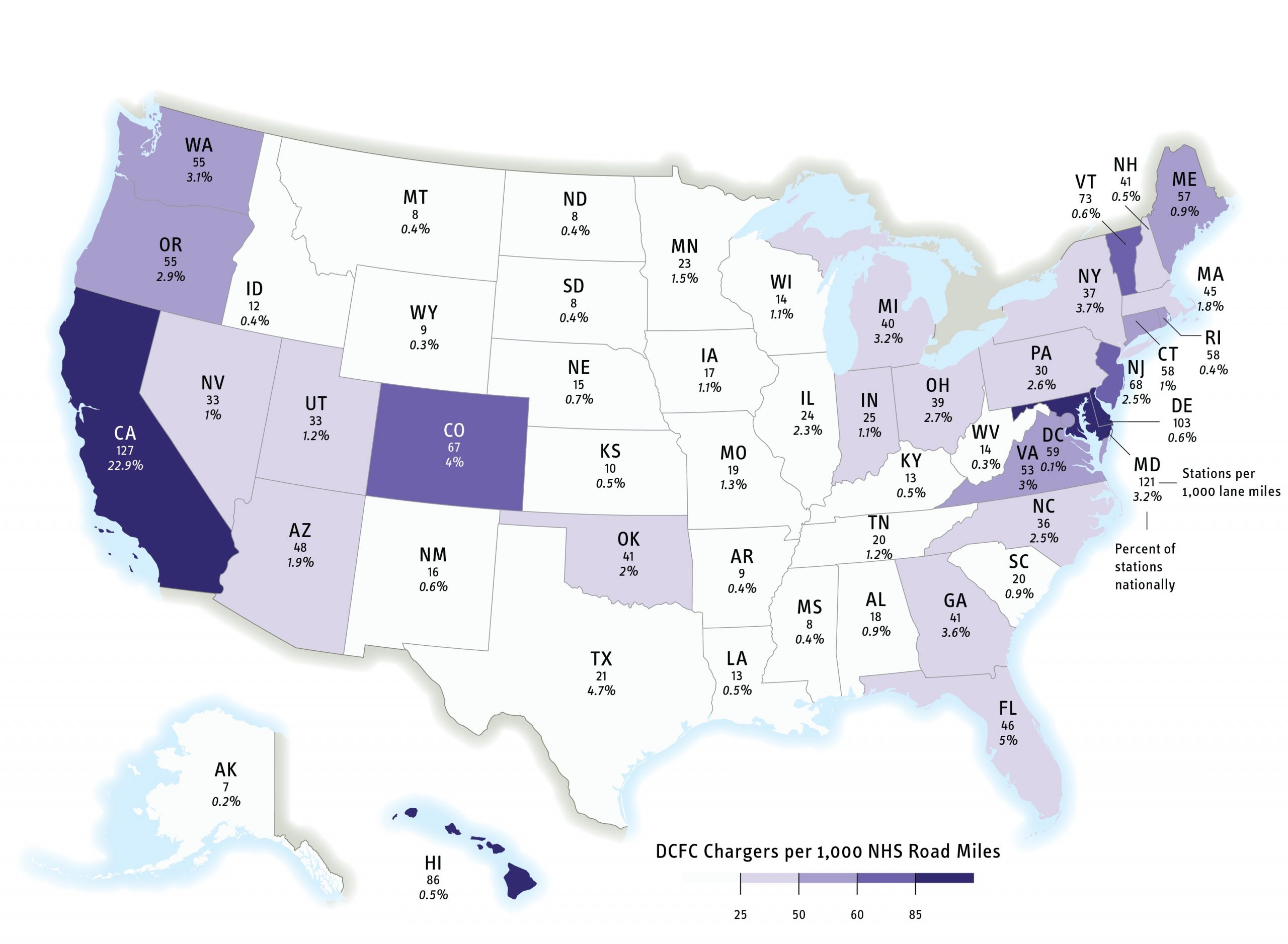
Dwell time beats power output
L2 chargers are more affordable, technically permissive and regulatorily easier to deploy. Especially in those zones where EVs spend extended dwell times, and DCFCs are wildly expensive to construct and install, with little purpose for their recharging speeds.
When you’re parked at the office, visiting a weekend entertainment or lifestyle venue, or at home, your EV will be there for hours. And that means the compound charging value of time becomes a real thing. When your EV has several hours to charge, L2 can get it done anywhere and everywhere, unlike DC fast chargers, which can be cost- or permitting-restrictive.
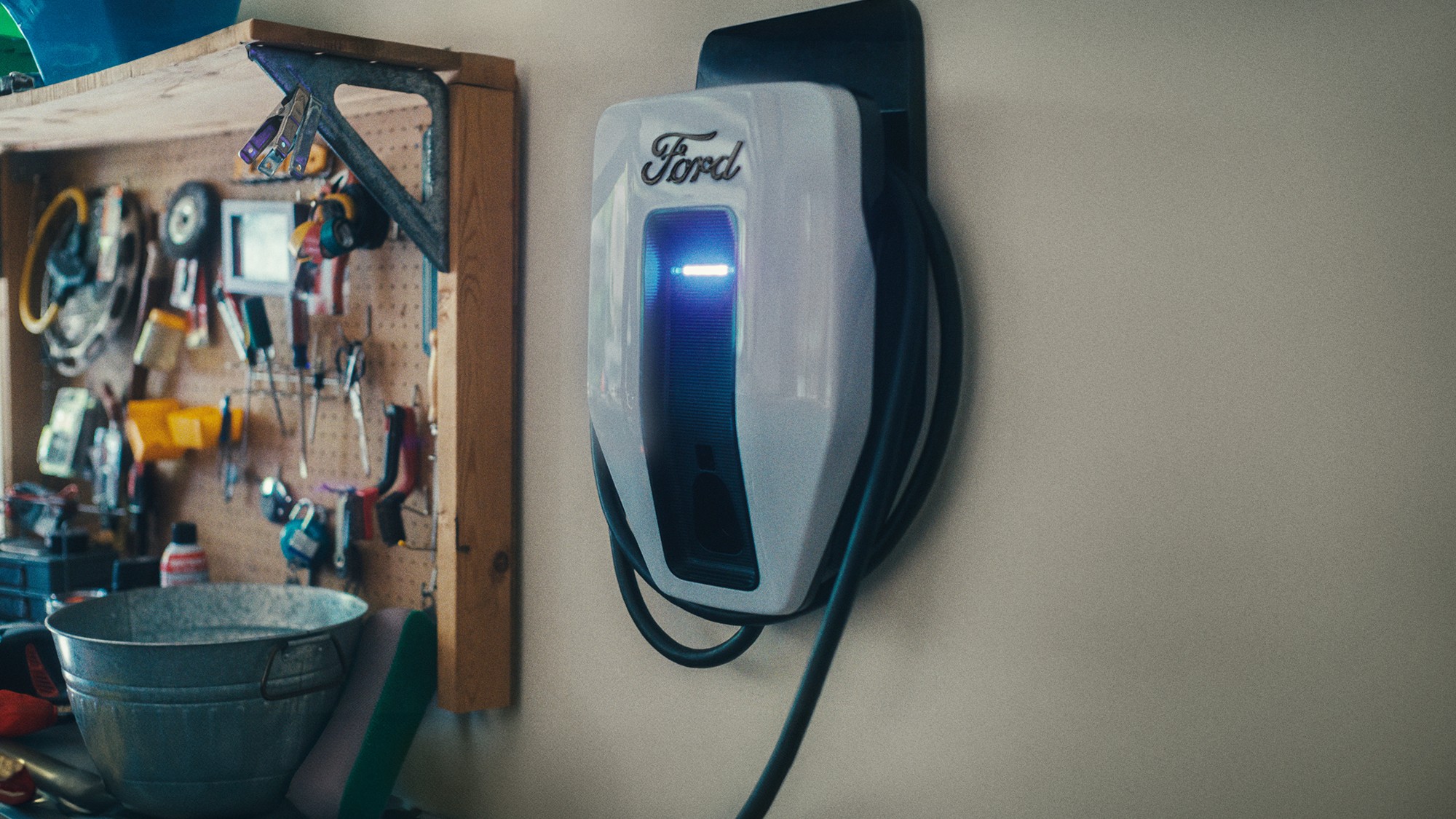
Hours or kWs?
An issue in the EV charging industry has been the obsession with DCFC’s perceived suppression of range anxiety. Celebrating 500kW and 1000kW DCFC charging breakthroughs is valid, but these achievements serve a specific segment of EV recharging needs: long-distance driving.
If you are looping the four corner States on a family vacation break, or travelling Houston to deep West Texas, or the length of California, recharging times matter, and DCFCs serve their purpose. But beyond the traditional long-distance EV road trip, for a lot of EV charging needs, DCFCs have way too much power capacity and installation costs for real-world residential and office EV charging needs.
A lot of driven EV mileage is commuting within a few miles from home. And that’s where the potential of L2 charging is so compelling.
L2 charging for offices and venues
The superpower of L2 charging is dwell time. The compounding effect is real when EVs are parked for hours at an office, country club, or venue. L2 chargers can flow all the energy required for a full charge at a recharging rate that’s much kinder to batteries and aids battery pack longevity.
When time is crucial, and there’s no margin for dwell time, DCFC’s immense power and energy flow are what EV drivers need. But for the daily commute, that’s superfluous.
The transport engineering principle that guides recharging needs is dwell time: if you have it, lower charging power makes a lot more sense from an infrastructure capex, technical debt perspective. If you don’t have the luxury of dwell time, you need to plug into the power of a DCFC.
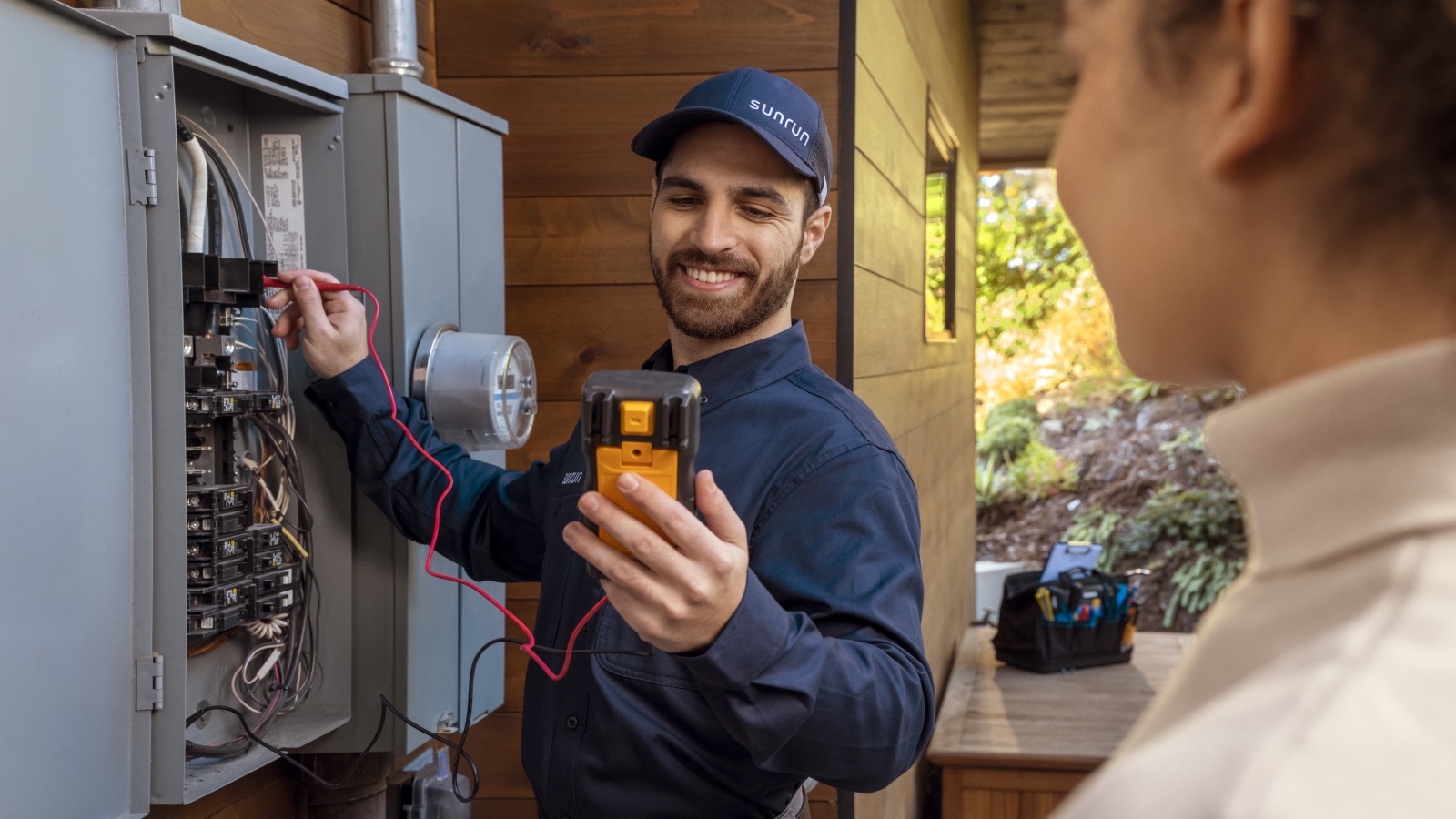
The three-phase power issue
Cost and permitting issues are the other considerations for choosing L2. And recognizing how valuable it can be for diverse applications.
DCFC builds require three-phase power, which is not an easy regulatory requirement to satisfy if your office or venue is in a historical building with ageing, legacy power infrastructure and wiring. By comparison, L2 installations, with their much lower amperage and base power requirements, create much lower technical debt.
Depending on power output, DCFCs for office or public venues are costed in a lower and upper bound of $38 000 to $90 000 per connector. Compared to $600 to $10 000 for a public L2 charger. Spending all that investment on DCFCs in applications where dwell times allow L2s to thrive – like offices or leisure venues like country clubs- never makes sense.
Charger terminal unit costs can often be matched by installation costs, especially if complex electrical rewiring, trenching or permitting is required. That’s where the value of L2 chargers prevail. Most office and home applications served adequately by a mild power output charger with simple, robust features that are affordable and have a low cost and permitting threshold to install.
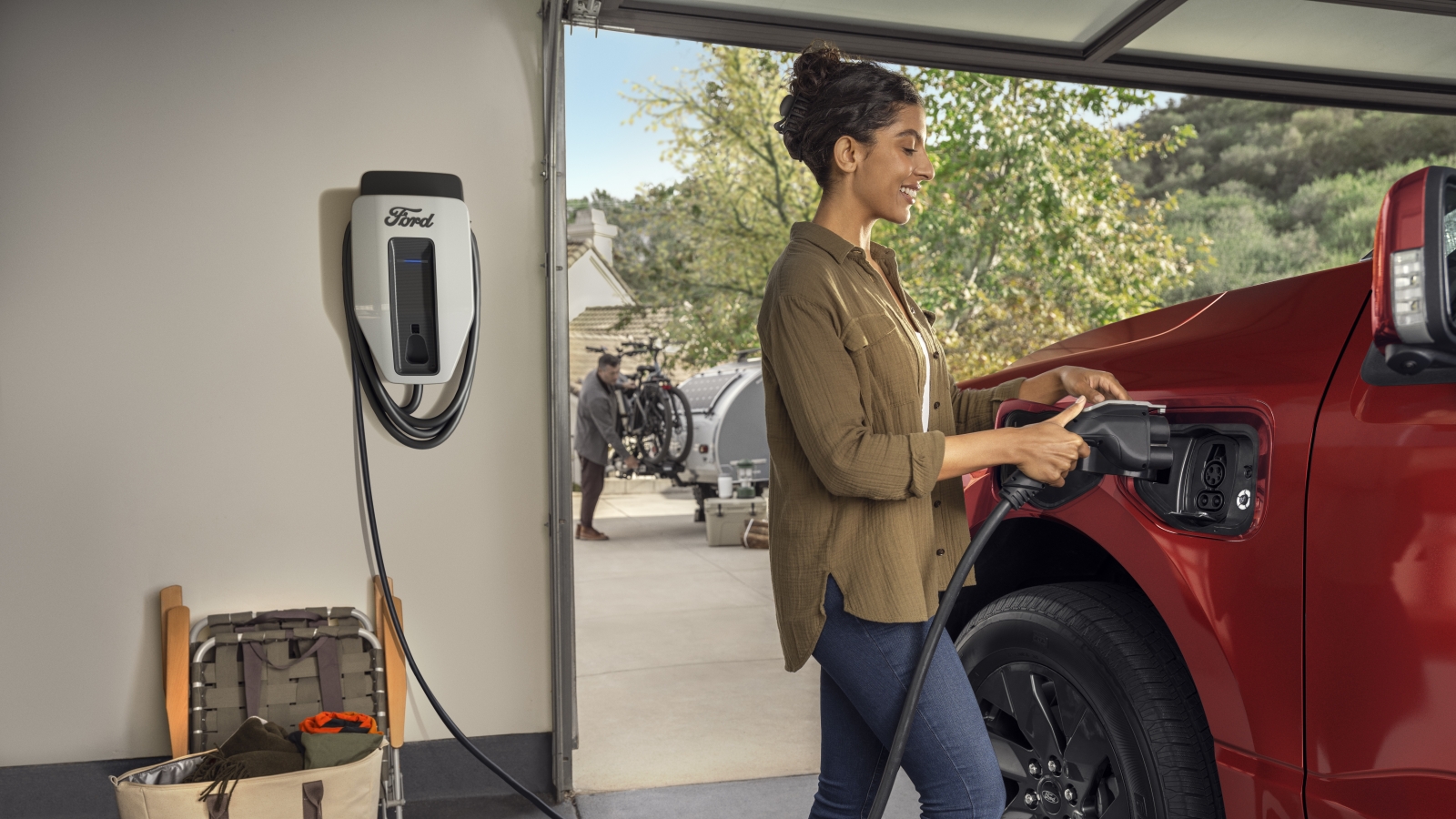
L2 and the multifamily home
As more EVs at affordable price points enter the US market, the percentage of EV drivers renting instead of owning their own homes has increased. And that’s created an enormous need and opportunity for L2 chargers, especially in multifamily home clusters.
When property owners, tenants and homeowner associations need to find solutions for EV charging, L2’s deliver all the power necessary for viable overnight home charging at a much lower technical, permitting and cost threshold.
Sampling an area like San Francisco-Oakland-Berkeley, the numbers are intriguing. To support a mixed fleet of 35 000 EVs, with a vehicle breakdown of 49% sedans, 35% crossovers/SUVs, 11% pickups and 5% vans, you’d ideally need 22 000 home L2 ports, to support the convenience of 98% home charging.
Depending on zoning and adjacent grid infrastructure, the bound for residential L2 chargers is between $380 and $690.
The ultimate truth is that L2 chargers do what gasoline pumps or DCFCs never can: bringing range and convenience into your home or multifamily cluster development, at a reasonable cost. The charging potential of EVs’ overnight dwell times can be fully realized L2 ports, without the cost and infrastructure complexity of DCFCs, which is why L2s could be where the smart EV charging system money is being scaled and spent.
